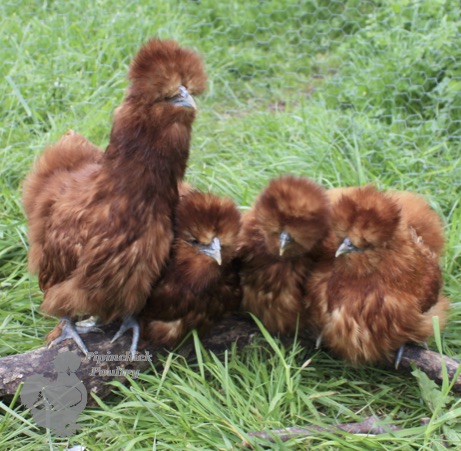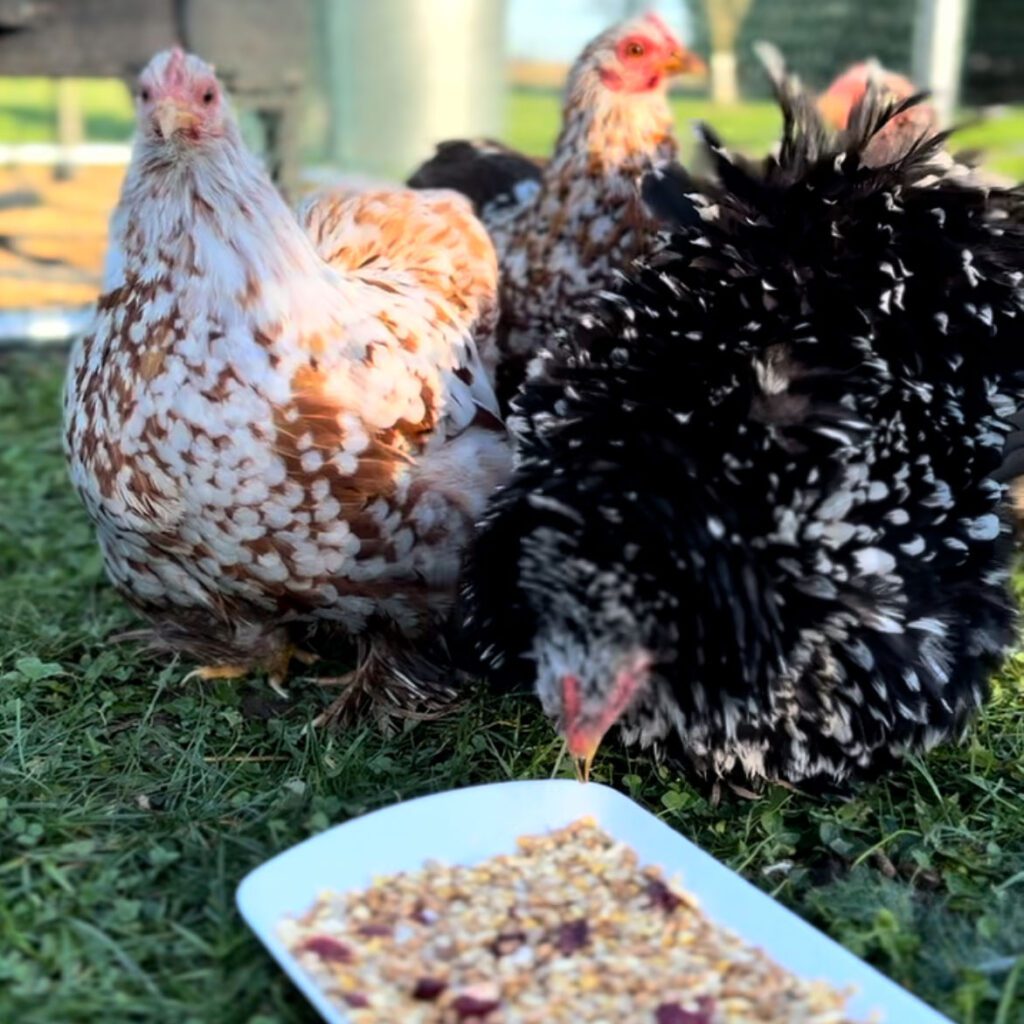


How do I settle in my new chickens?
Welcoming new chickens is always an exciting moment, whether you’re a first-time chicken keeper or adding to your existing flock. It’s natural to want to interact with them straight away, but giving them the right start by settling them in correctly will help them to feel safe and happy in their new home.
Give Your Chickens Time to Adjust
When your new hens arrive, it’s important to provide them with a calm and stress-free environment. Resist the urge to pick them up straight away—while it’s tempting to give them lots of attention, they’ll need a few hours to explore their new surroundings on their own terms.
Make sure their food and water are easily accessible and visible so they can find them without difficulty. It’s best to let them settle in quietly and observe from a distance as they start to move around and become familiar with their new living arrangements.
Building Your Chickens' Trust with Treats
Once your hens seem a little more comfortable, you can begin to bond with them by offering treats. A great way to build trust is to sprinkle a few treats, such as live grubs, such as Mealworms, Mario Worms, or Calci Worms into their run; this will encourage them to associate you with positive experiences. Over the next two to three weeks, continue to offer treats by hand when you visit them—this will help them see you as a source of good things, making them friendlier and more comfortable around you.

Settling Specific Chicken Breeds
Different chicken breeds have different temperaments, and understanding their needs will help you provide the best care during their settling-in period.
Settling in Your New Silkies
Silkies are known for their calm and friendly nature, but they can also be quite timid when introduced to a new environment. Because of their soft, fluffy feathers, they rely more on their sense of sound and touch than sight, so approach them gently and talk to them softly. Silkies love routine, so keeping their feeding times consistent will help them settle in more quickly.
They also enjoy companionship, so if you’re introducing them to an existing flock, make sure they have other Silkies or similarly gentle breeds to bond with. Providing plenty of sheltered areas will help them feel secure, as they’re not the best at flying or roosting high up.

Settling in Your New Pavonas
Pavonas are a stunning and unique breed, often admired for their elegance and personality. They can be a little more reserved at first, so patience is key. Like Silkies, they will respond well to routine and gentle interaction. Because Pavonas are more independent than some other breeds, they may take a little longer to build trust with their new owner, but offering treats regularly will encourage them to warm up to you.
Providing a spacious run with plenty of perches and hiding spots will help them feel safe and encourage them to explore their new home confidently.
Settling in Your New Pekin Bantams
Pekin Bantams are small, round, and full of personality! They are generally friendly and docile, making them a great choice for families. These little birds love attention but can also be a bit nervous when first settling in. Give them time to adjust at their own pace, and use treats as a way to gain their trust.
Pekins enjoy scratching around, so a run with soft ground and plenty of bedding will keep them happy. Because of their feathered feet, make sure their run stays clean and dry to prevent potential health issues.
Creating a Comfortable Environment
Regardless of breed, all new chickens need a secure, well-prepared home to help them feel safe. Here are some key things to conside
Safe Housing – Ensure their coop is predator-proof and well-ventilated, with enough space for each bird to roost comfortably.
Spacious Run – Even if you plan to free-range your hens eventually, start by keeping them in a secure run so they can familiarise themselves with their new surroundings.
Bedding and Nesting Areas – Provide clean, cosy bedding in the coop and make sure nest boxes are set up for when they start laying.
Routine – Chickens thrive on routine, so try to feed and let them out at the same times each day.
When to Let Them Free-Range
If you plan to allow your hens to free-range, it’s best to wait at least a week before letting them out. This gives them enough time to recognise their new home and feel secure in their surroundings. Start by letting them out for short periods under supervision and ensure they know where to return at night.
Building Trust with Your Hens
Helping your new hens settle in is all about patience, consistency, and building trust. By giving them space to adjust, using treats to create positive associations, and providing a safe and enriching environment, you’ll soon have happy, confident chickens that feel right at home.
At Pipinchick, we’re passionate about high-welfare chicken keeping and offer a variety of well-reared, friendly hens to suit every keeper. Because our hens are reared lovingly by us here on our farm in the beautiful Somerset countryside near Bristol, they have not been imported from Europe like many other live chickens for sale, and this means they have already been given the best start in life. Whether you’re welcoming Silkies, Brahma Chickens, Bantams, Cochin Chickens or any type of chickens to your flock, the key is to let them settle at their own pace and enjoy the rewarding experience of keeping backyard chickens!
For more tips on caring for your chickens, you can follow Pipinchick on Facebook or Instagram here.


